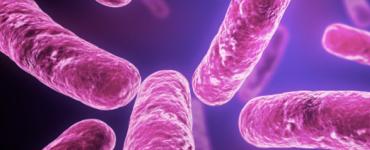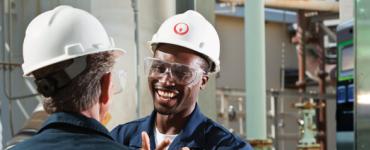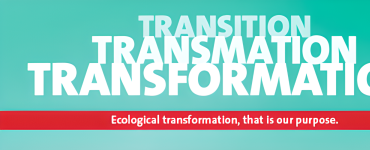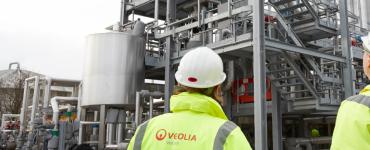- Home
- Latest News
- Advanced water treatment technology drives green dairy processes
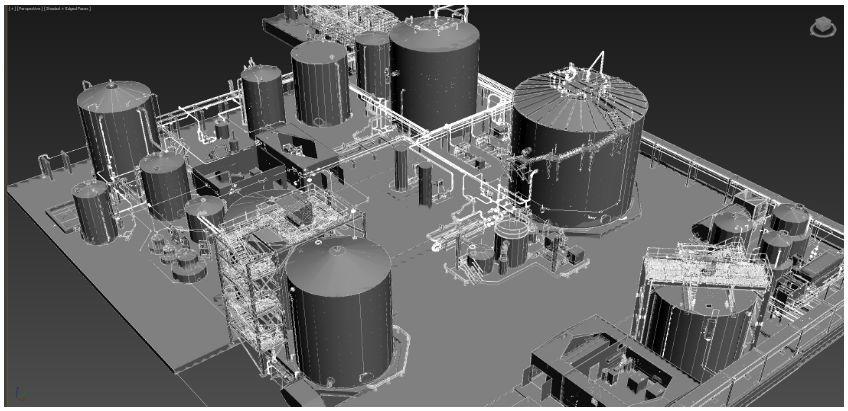
Advanced water treatment technology drives green dairy processes
Up to one billion litres of milk a year are processed and packaged by the dairy industry, using energy and water intensive procedures that produce hundreds of cubic metres of high strength wastewater every day. The UK’s largest dairy operation is committed to reducing its environmental impact and pioneering sustainable development, aiming to establish the world’s first zero carbon dairy facility. Its facility management company approached Veolia Water Technologies (Veolia) to help develop a wastewater treatment solution in line with this ambitious plan for its £150 million dairy, and implement innovative solutions to help reduce the net carbon dioxide contribution from power supplied to the plant.
The production of one litre of milk uses the equivalent volume of water and generates vast amounts of low and high strength wastewater and solid waste, as well as making considerable power demands. A zero carbon operation is undoubtedly a challenging target. A solution was required that took all of these factors into consideration, and also ensured that the effluent discharge adhered to specifications set by the local water authority.
The priority was to look at recycling and reusing water to reduce environmental and financial costs. Low strength and grey water were cleaned via a reverse osmosis plant and the recovered water returned to the dairy for clean-in-place (CIP) before reuse. Treatment of medium and high strength wastewater is a more complex process, which Veolia overcame by designing, supplying and commissioning a waste-to-energy facility in a three-phase process, using its technology to produce effluent suitable for sewer discharge, simultaneously generating biogas and fertiliser, and reducing waste disposal costs. Wastewater from milk production is treated using an anaerobic process, resulting in clean water, biogas and biomass by-products. The biogas is used either as on-site fuel at the plant’s Combined Heat and Power (CHP) system, or to supply heat energy back to the milk production process. The nutrient-rich biomass created in the reactor is allowed to thicken, and is harvested and used by local farmers as a substitute for land fertiliser.
Phase one involved the installation of a Memthane® anaerobic membrane bioreactor (AnMBR), taking advantage of patented, cutting-edge technology developed by Biothane – part of the Veolia group – to provide cost-effective treatment of high strength wastewater within a small 75 square metre footprint. Sitting within a system of components – including an equalisation tank, ultrafiltration membrane banks and polishing units – the reactor significantly reduces operation costs compared to conventional technologies. It is designed to handle 500 cubic metres of wastewater every day, removing 5.5 tonnes of chemical oxygen demand (COD) – a measure of the oxygen required to decompose organic matter and oxidise the inorganic chemicals in water. The small pore size of the ultrafiltration membranes means that the effluent is effectively free from suspended solids and is suitable for sewer discharge, within stringent regulated consent limits.
The treatment system was monitored during the first year of phase one operation, and the collated data studied to gain information about the wastewater characteristics and increased volume demands. Veolia worked with the dairy company to meet requirements for the phase two design, including a second reactor to build in resilience and robustness, and ensure continuity of milk production even in the event of reactor failure. In addition, the plant was upgraded to handle 800 cubic metres of wastewater per day, containing 8.7 tonnes of COD, and aerobic stages – which depend on Veolia’s ANITA™ Mox and Dissolved Air Flotation (DAF) technology – were incorporated at the end of the process to reduce levels of ammonia and phosphate in the sewer discharge.
The final phase focused on the solid waste digestion plant, which generates energy by treating out-of-date returns from the company’s extensive customer base. Veolia developed the interface between the digestion plant and the Memthane reactor, enabling biogas and water to be transported to the plant. Once there, the water aids in the digestion process and the biogas is returned to the grid as gas or electricity.
The plant was completed in 2015, and has clearly demonstrated that a combination of good planning and advanced process technologies can go a long way towards achieving the company’s zero carbon goal. Veolia’s wastewater treatment solution has reduced COD in wastewater by more than 99 per cent, producing between 0.6 and 0.7 normal cubic metres of biogas per kilogram of COD removed. The dairy is successfully managing varying volumes and strengths of wastewater, and has reduced its reliance on external power, while continuing to develop new products at the site.

